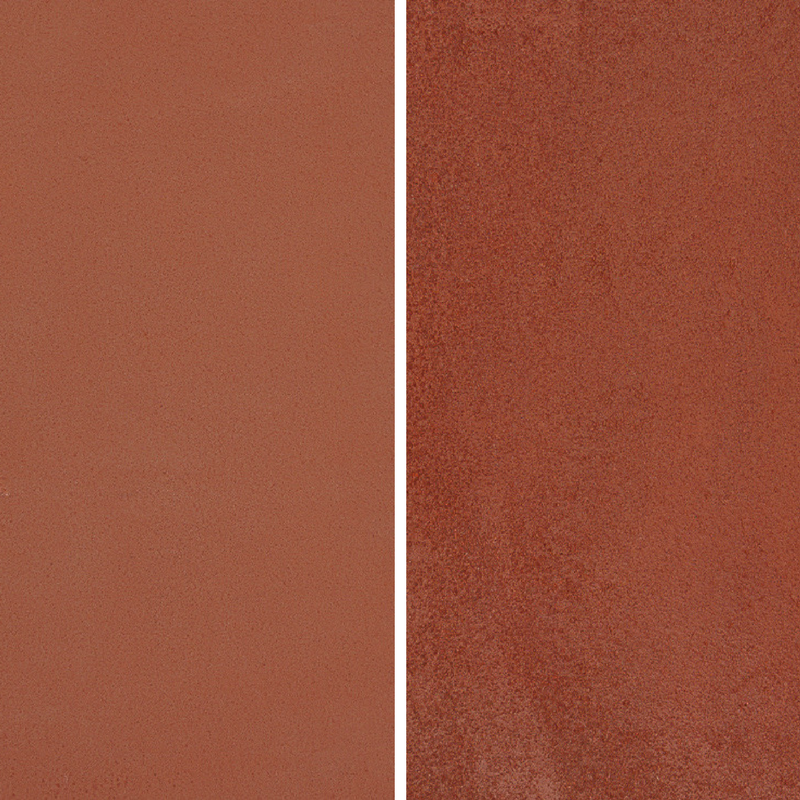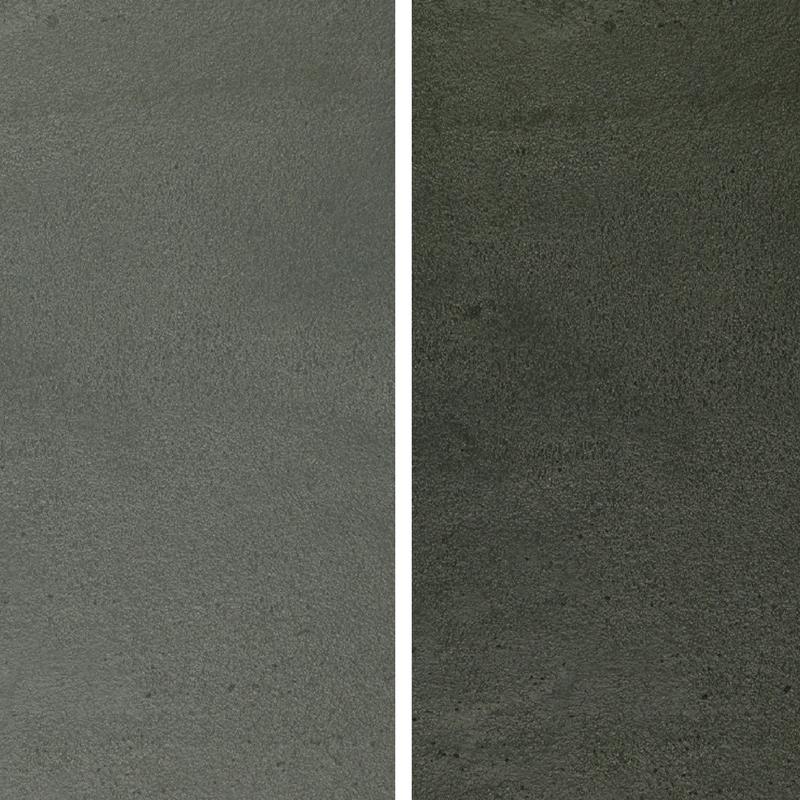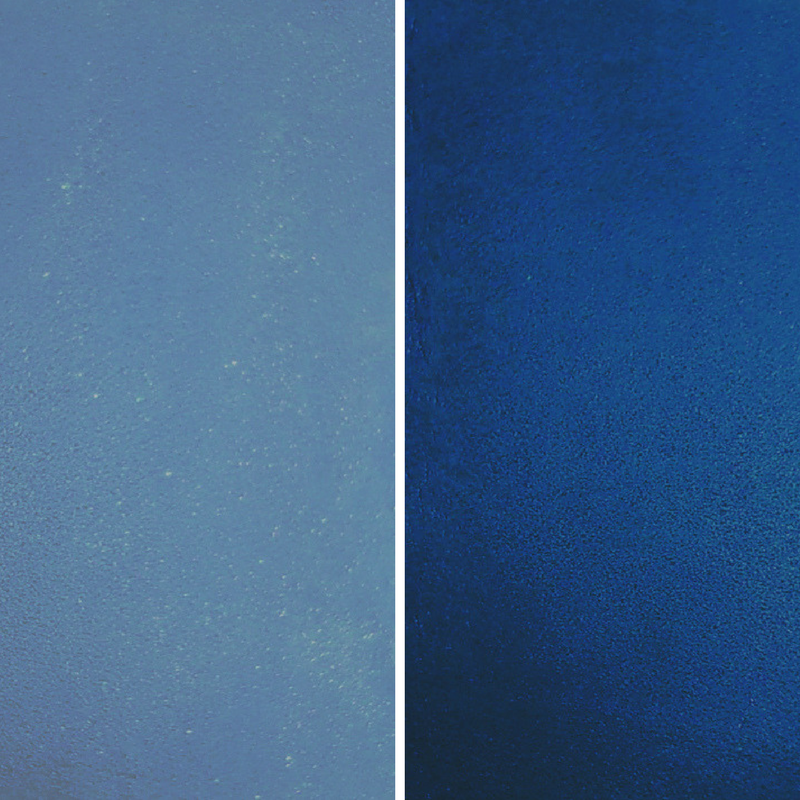Concrete Stain Surfaces
It is important to have a solid understanding of the difference between paints and stains in order to understand how the surface can effect the look. Concrete stain surfaces are more important than paint surfaces primarily because they are transparent and will not completely cover up any blemishes between the concrete and the stain. This is one of the most important factors that make people want to use stains. A very unique marbling effect is possible with stains that would not be possible with any opaque coatings. However, that means that the surface must be ready to go before applying the stain.
Types of Surfaces
Broom Finish
The most common concrete stain surfaces are simple broom finishes. Remember, most concrete projects are not going to have a completely smoothed surface because of the dangers of walking on them in wet conditions as they can be very slippery. These are considered to be an easy surface to stain as long as there is not any significant staining or other damage to it. The newer, cleaner and least exposed concrete areas are always the simplest.
Exposed Finish
Exposed finishes are basically as simple as the broom finishes except that they have been washed after the laying of the concrete in order to expose the natural stone aggregate used in making the concrete. It is a pretty simple way to customize the look of a walkway or patio and is common. In terms of easiness to stain they are also some of the simplest projects compared to some other concrete stain surfaces.
Salt Finish
Salt finishes may be one of the best-looking concrete stain surfaces because once the stain is applied, the variation between where the salt spots are regressed and the top base of the concrete create amazing contrast. There are no specific instructions that are needed for these projects, but it is important to consider how the color of the stain will differ throughout. The cleaning aspect on older concrete may be of concern before the stain is applied if there are major stain inside the salt divots. So, extra scrubbing may be needed to get a more even look if that is what you are going for.
Colored Concrete
There are two types of colored concrete stain surfaces. When laying down the concrete, there was either pigment added directly to the mixture or it was stained after the concrete dried. In either case, it does make it significantly more difficult to stain the concrete. Especially if you are attempting to match new concrete to an older colored area. However, many times you can add a lighter color above a previous stain and, if cleaned properly, will bond very well and can make an even more unique look.
Stained Concrete
We explained the difference between colored and stained concrete stain surfaces above. The main thing to remember here is that it is highly unlikely that you will be able to maintain a uniform look so if that is what you are going for a paint would probably be a better option. Or, you can use a white stain on top of the other concrete and then lay down another color to sort of refresh the concrete prior to the application of the final stain.
Seeded Aggregate Finish
These types of finishes are made by using small decorative stones inside the top layer of concrete. While finishing, the pebbles remain exposed on purpose to give added traction and a great natural look. Because there are different types of stones and the concrete itself is a different shade than the stones, be prepared to have a lot of variance within the finished stained product.
Stamped Concrete
The stamped concrete stain surfaces are easier than one might imagine. Although the finish was made from a large cookie-cutter mold, the process is simple. The stamping makes many crevices in the concrete that the stain can runoff into. This is actually not a terrible thing because it can leave the concrete with amazing dark crevices around slightly lighter protruding surfaces. It is important to make sure that the stain is not pooling in these crevices for too much time though.



